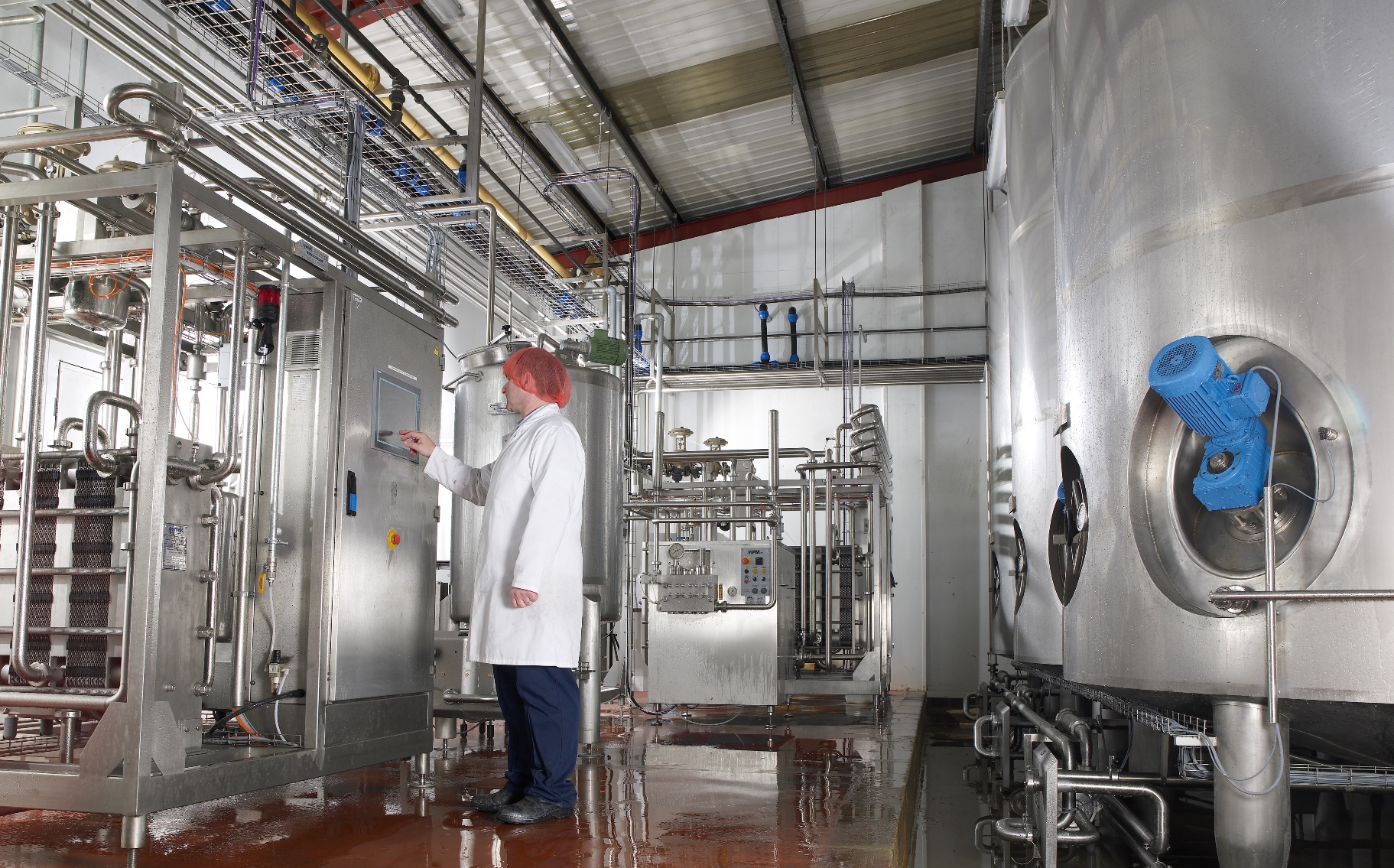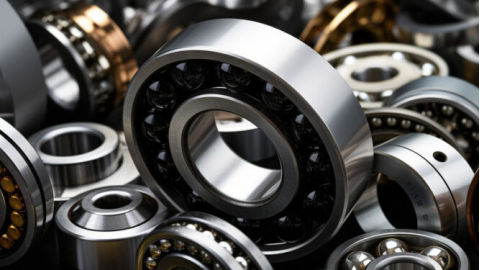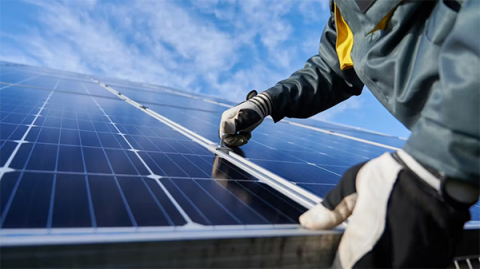Top 10 Dairy Processing Equipment Factories in China
China's dairy processing equipment industry is a major global force. It provides efficient and reliable solutions for dairy businesses worldwide. These factories supply machinery for the entire production process. This includes milk collection, pasteurization, homogenization, fermentation, and packaging.

Industry Background and Technology Trends
The industry focuses on automation and smart technology. Most factories now use PLC control systems and Internet of Things (IoT) technology. This allows for real-time monitoring and remote management of production data. Energy-saving tech is also common. Heat recovery systems and low-energy pasteurizers can cut operational costs by over 20%. Equipment meets high hygiene standards like 3-A and EHEDG. They use stainless steel 316L and built-in CIP (Cleaning-In-Place) systems. Advanced features include online milk composition sensors and laser welding for precision.
Comprehensive Analysis of Top 10 Factories
This list is based on production capacity, innovation, and export volume.
Shanghai Precison offers full-automatic filling lines. Their UHT systems use indirect heating for ESL milk. Hangzhou Zhongya Machinery specializes in cup-type yogurt equipment. They integrate robotic palletizing systems and serve major brands like Mengniu. Jiangsu Newamstar leads in liquid milk packaging. Their aseptic cold-filling technology helps preserve nutrients. Shandong Beihai Machinery makes paper packaging machines. They use hydrogen peroxide sterilization and multi-size packaging options. Other key players include Hefei Zhongchen Light Industry and Wenzhou Tianyu Homogenizer Factory. They focus on fermentation tanks and high-pressure homogenizers.
Key Equipment and Technical Details
Understanding the core machinery is essential for dairy production.
Separators use centrifugal force to remove fat. Modern models can achieve 99.8% skimming efficiency. A disc separator can handle up to 15,000 liters per hour.
Pasteurizers control temperature in stages. A standard treatment is 72°C for 15 seconds. This preserves whey protein. UHT systems process milk at 140°C for 4 seconds. This extends shelf life to 6 months.
Fermentation Tanks have jacketed cooling and pH monitoring. They provide precise control for making yogurt and cheese.
Homogenizers push milk through a small valve under high pressure. This breaks down fat globules to a size of 0.5μm. It prevents cream from separating.
Packaging Machines use H₂O₂ vapor for sterilization. This keeps the contamination rate below 0.001%.
Innovation and Research Focus
Chinese factories invest heavily in research and development. The focus is on sustainability and customization.
Ningbo Lehui International developed flexible production lines. These lines can also process plant-based milk alternatives like soy and almond milk. Heat pump technology recovers waste heat from pasteurization. This can reduce energy use by 30%. Smart sensors now monitor viscosity, acidity, and microbes in real-time. AI algorithms use this data to predict when maintenance is needed. Modular design is another key innovation. It allows clients to start small and expand later. Factories also partner with universities to improve fermentation technology for probiotic products.
Market Applications and Client Cases
This equipment serves a wide range of dairy products. This includes liquid milk, yogurt, cheese, and ice cream.
Large company Yili Group uses Jiangsu Newamstar's aseptic lines. Their daily output reaches 1,000 tons for export to the Middle East. Smaller regional yogurt brands choose custom fermentation tanks from Hangzhou Zhongya. This supports small-batch production of various flavors. International clients in Southeast Asia use Shandong Beihai's packaging machines. These machines perform well in hot and humid climates. The equipment is also adaptable for specialty products like horse or camel milk. Strong after-sales support with remote diagnostics ensures smooth operation for global customers.
Future Outlook and Challenges
The industry faces challenges like rising material costs and global competition. However, opportunities in green tech and digitalization are growing.
Future growth will come from smarter manufacturing. Digital twin technology will simulate entire production processes. Goals for carbon neutrality are pushing a shift to electric systems from steam. This reduces carbon emissions. Global demand for dairy is rising, especially in Africa and Asia. This is expected to drive export growth by 15% each year. Meeting strict international certifications like the EU's CE mark remains a challenge. Future innovation may include equipment for low-lactose processing and cell-based dairy products.




